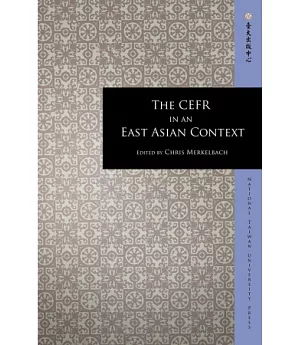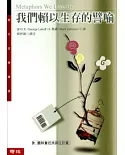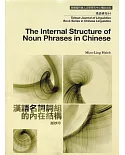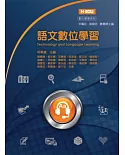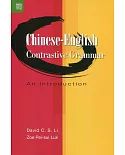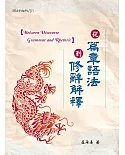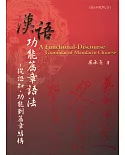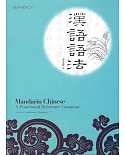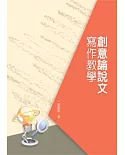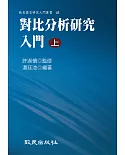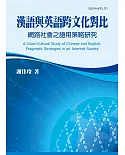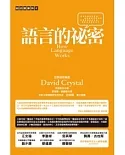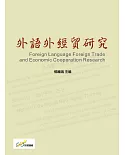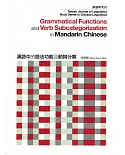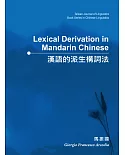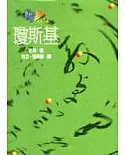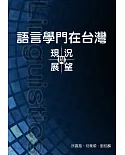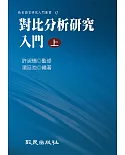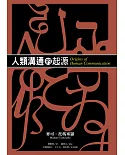This book presents a unique manifestation of a scholarly discourse related to the CEFR in the East Asian region.
In the 21st century, multiculturalism and multilingualism form highly complex issues that are addressed around the globe by educators, researchers, and politicians alike. In this context, the
Common European Framework of Reference for Languages (CEFR) remains one of the most ambitious examples of language policy. More than a simple linguistic policy, it also helps foreign language
learners to construct their linguistic and cultural identity. The term multilingualism as used by the EU covers that of plurilingualism, which highlights the communicative value of any given
language, thereby encouraging persons living in Europe to develop their communicative competence in a plurilingual Europe.
As for the situation in East Asia, many educational institutions and even government agencies have adopted the CEFR over the last decade for various reasons. However, doubts exist about
whether this move to implement a reliable language proficiency assessment was well researched or merely blindly adopted due to political motivations. A part of the CEFR is based on the ideal of
a plurilingual Europe and the fact that most Europeans do command a certain level of language competence in several languages and that they can oftentimes build upon it when learning another
European language. No doubt, East Asian societies are multilingual societies as well. Besides their mother tongue, the majority of people living in this region speak the standard variety of
their respective country. However, does that mean that native speakers of two or more Asian languages have an advantage when learning European languages?
Foreign language educators from Europe and the East Asian region are joined in this project, engaging in very stimulating discussions and uncovering the vast potential of the CEFR as a
catalyst in pluricultural and plurilingual education facing the new millennium.

